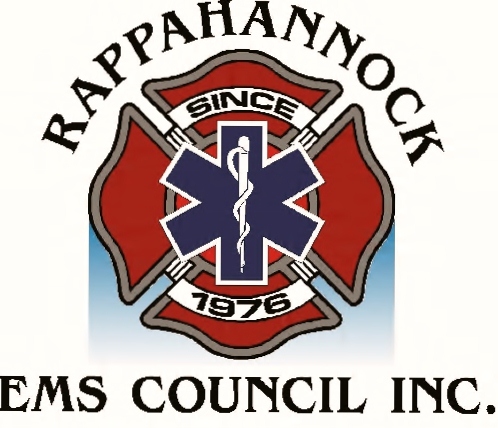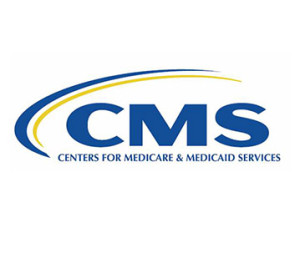Please follow this link to read the original bulletin in its entirety.
Center for Medicaid & CHIP Services Bulletin Summary
“Medicaid Opportunities in the Emergency Triage, Treat, and Transport (ET3) Model”
Extract:
CMS issued a bulletin on August 8 delineating considerations for agencies when designing ET3-allied intervention strategies. ET3 is a voluntary, five year Medicare billing model designed to reduce unnecessary transport to the Emergency Department. This model works by funding the transport of Medicare Fee-for-Service patients to destinations other than the hospital as well as some instances of the provision of on-site patient care. CMS is accepting applications for participating Medicare-enrolled agencies. While ET3 is for Medicare Fee-for-Service patients only, CMS understands that agencies implementing this model function in a multi-payer system; this bulletin includes considerations for how to make this model work with state Medicaid billing as well.
ET3 Background:
ET3 will work towards more patient-centered provision of care through new payments for “unscheduled emergency ambulance transport […] to alternative destinations not currently covered by Medicare […]” and “[…]treatment in place where appropriate, rendered by a qualified health care practitioner either on-the-scene or via telehealth.” Participating agencies who demonstrate a high quality of care based on the metrics described in CMS’s RFP may be eligible for an additional performance-based payment no sooner than year three of the model. Participating agencies will be chosen in part based on their ability to implement the model in a multi-payer environment. This program will also involve enhanced monitoring and enforcement; no payment will be made for ambulance transport when transport by some other means is not contraindicated by the patient’s condition, whether other transport is available or not. All ET3 Model Participants are required to implement alternate destination transport and applicants who propose implementing the optional treatment in place intervention have the opportunity to earn more points on their application.
ET3 Model Payments:
Medicare will pay participating agencies for transport to an approved alternate destination at a rate equivalent to the appropriate Medicare Part B ambulance fee schedule base rate for BLS-E ground ambulance transport or ALS1-E ground transport and mileage. The payment rate is based on existing Medicare definition of ALS, including transportation by ground ambulance and the provision of medically necessary supplies and services and ALS assessment by ALS personnel or at least one ALS intervention.
A participating agency that facilitates in-person treatment in place will be paid an amount equivalent to BLS-E or ALS1-E base rate (again, the same requirements for ALS exist, minus transport by ambulance). A participating agency that facilitates treatment in place via telehealth will be paid a modified telehealth originating site facility fee equivalent to the BLS-E of ALS1-E base rate, depending on the level of service provided. See bulletin for specific billing codes and requirements.
Medicaid Coverage:
Transportation to medical care is a mandatory assurance through Medicaid according to Federal law. Federal law does not specify that transport must be to an emergency department of a hospital. States, therefore, have flexibility to structure emergency transport services in a way that would meet the goals of the ET3 model.
States may need to do some of the following to align with ET3 goals:
- Use 1905(6)(a), services of other licensed practitioners, to recognize professionals associated with the provision of emergency services rendered on scene; for example: states may submit a State Plan Amendment (SPA) recognizing licensed paramedics in order to provide payment for the treatment of services where no transport takes place
- Consider changes to state Medicaid regulations if they restrict patient destinations
- Pursue SPAs for CMS approval or seek waivers of statewideness, comparability, and/or freedom of choice
The scope of services provided through ET3 apply to Medicare Fee-for-Service beneficiaries. States that choose to offer services aligned with the model in their Medicaid programs must pay for these services with Medicaid funds at the applicable federal Medicaid assistance percentages.
States should also plan to conduct a review of the operation environment for ambulance providers and professionals, including: review of state policies and regulations governing emergency ambulance services; assessment of the necessity of a state plan change for coverage/benefit alignment; and assessment of the necessity of a state plan change for payment alignment. Specific questions to be considered (especially regarding provision of on-scene care) may be found in the bulletin.
ET3 Model Evidence Base:
Programs similar to the ET3 Model have been implemented at several agencies (specific data available in bulletin). Most of these programs focused on transport to alternative destinations for patients experiencing mental health, substance abuse, or urgent medical care complaints. Overall, the service areas of these programs saw a reduction in hospital inpatient admissions and improvements in ambulance efficacy. Evidence suggests the time from ambulance initiation to being back in service after treatment in place is less than half the time required for transport to an ED and transport to an alternate destination is less than transfer time at an ED.
Application:
Emergency Triage, Treat, and Transport (ET3) Model Application


